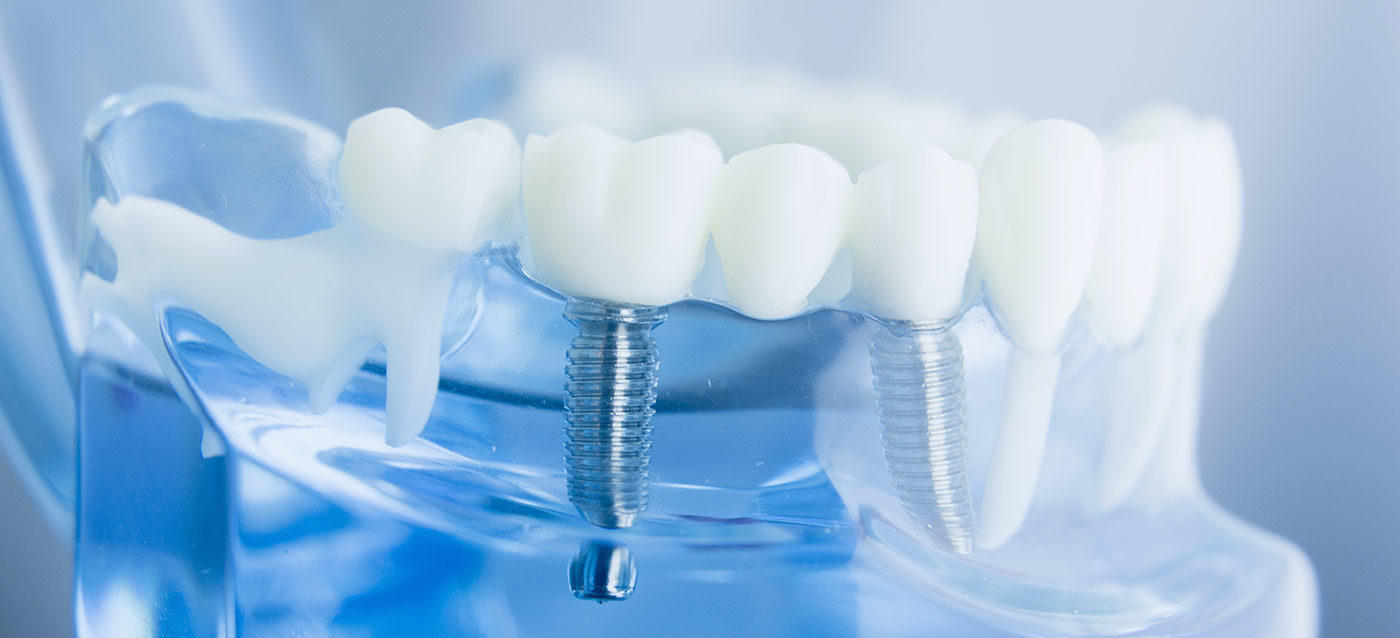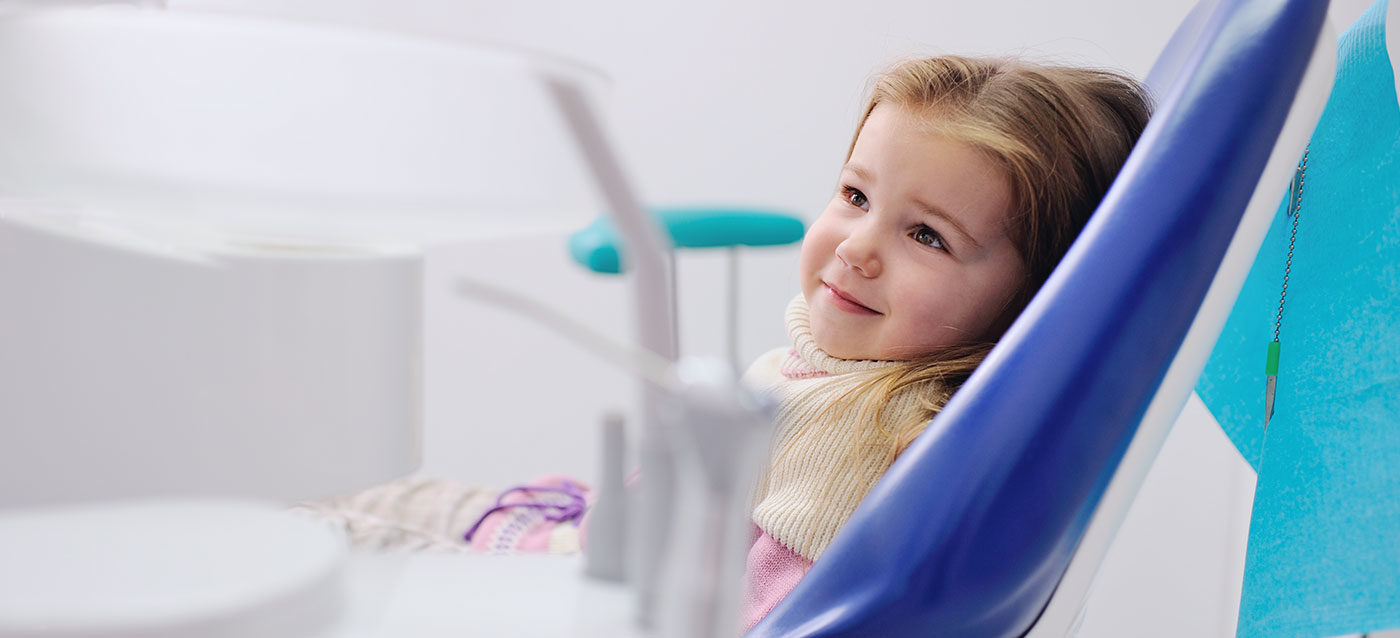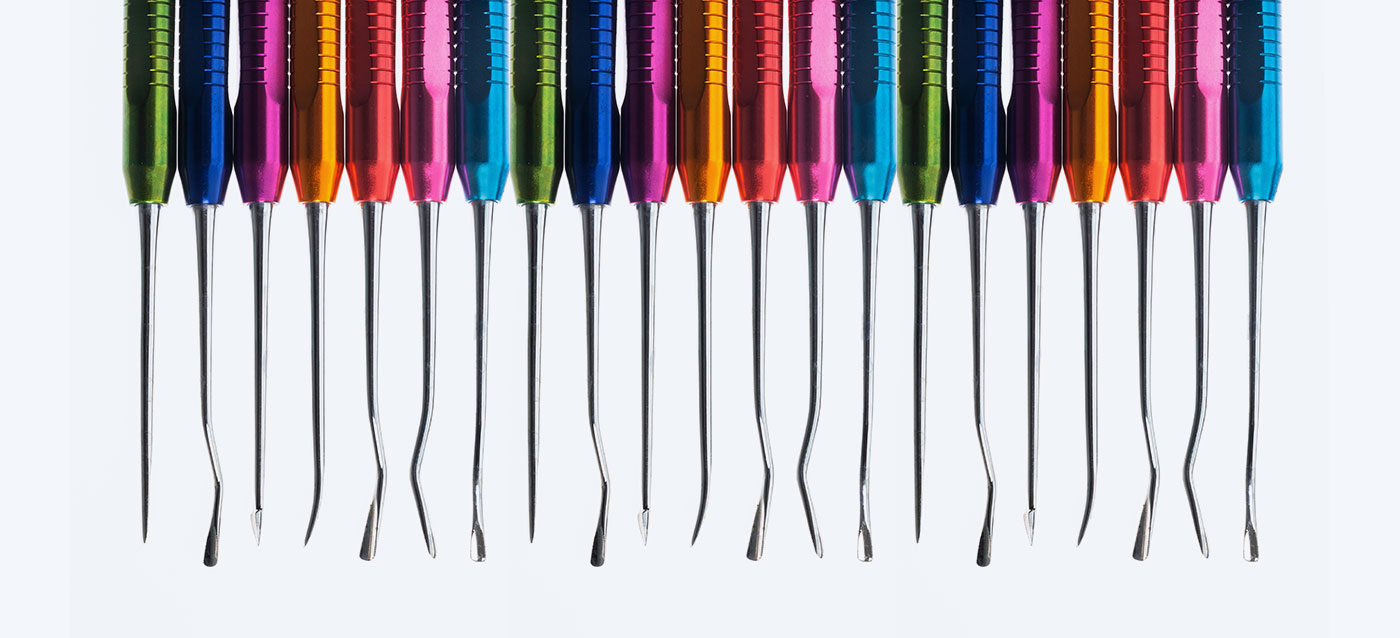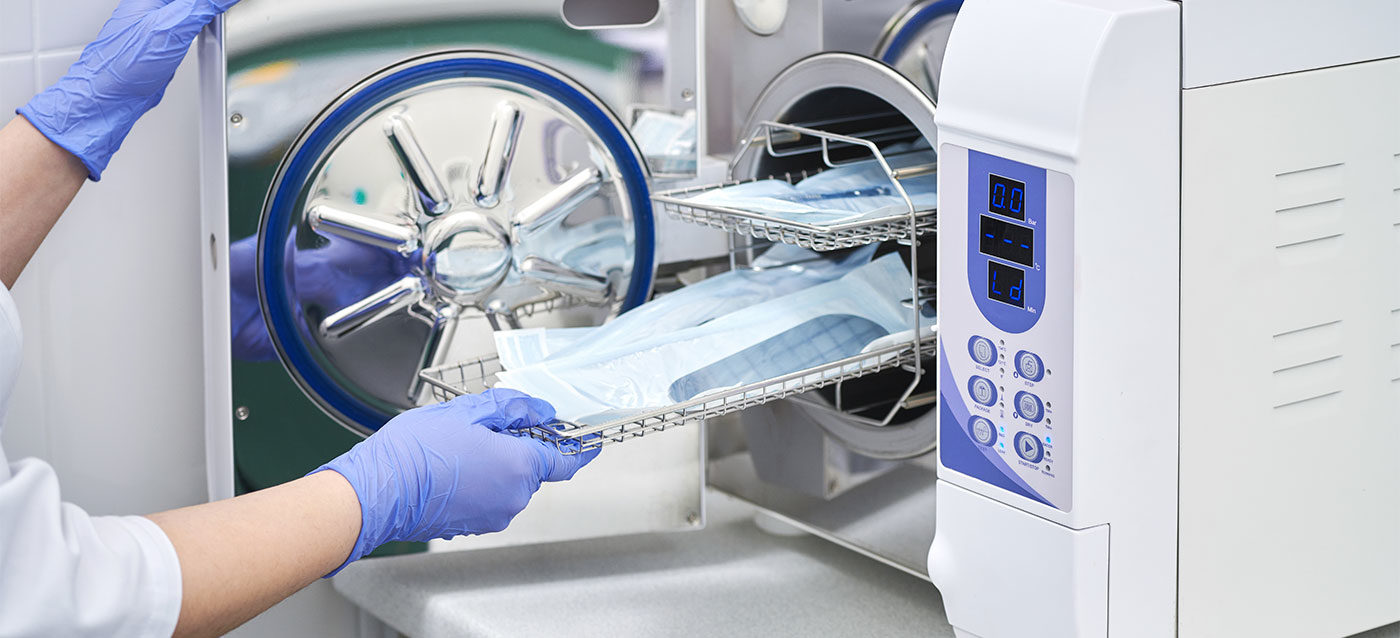Dental Implants


A dental implant is a titanium component that acts as a natural root of the tooth. This screw-like structure is firmly anchored in the jawbone. Its internal hex structure helps in holding the cap/crown to reinstate the missing tooth or multiple teeth. After placing the implant in the bone, the bone grows in and around the implant (Osseo integration). This process may take 2 to 4 months, hence in most cases, the second stage (prosthetic part) is done after a gap of 2 to 4 months. Some patients, who have deficient bone may require bone augmentation surgery before placing the implant.
Replacement of single tooth.
Replacing multiple teeth by using two, three or more implants.
Implant-supported over-denture.
Full mouth rehabilitation with implants.
Systematically healthy patient.
Adequate height, width, and quality of remaining jaw bone.
The patient should not have any skeletal or dental problems which can put abnormal pressure on implants.
Relatively contraindicated in patients having severe diabetes, osteoporosis or in smokers.
Absolutely contraindicated in handicapped, mentally retarded patients, patients having severe Bruxism/ clenching habits and also for patients who have undergone radiation therapy in the head and neck region. Patients have to get a full set of x-rays like OPG, CBCT and certain blood tests like complete blood count. Certain patients like those on blood thinners, renal disease, lactating mothers need prior informed consent from their physician before carrying out the procedure.

Orthodontic treatment is a conventional and time tested way to correct mild to severe malpositioning in teeth like crowding, protrusion (teeth jutting out), crookedness, irregular spacing in teeth or even impacted canines. In some patients, this treatment is started at a younger age to expand the upper arch to accommodate all teeth well. It is many times combined with myofunctional appliances (used in growing age patients to modify or alter jaw and muscle growth). As opposed to alternative orthodontic treatments, dental braces are intended for more complex cases.
People refer to Aligners as ” invisible braces”. What attracts many people to clear Aligners is the attractiveness of the device itself. They are a modern, near-invisible method of correcting mild to moderate orthodontic issues like gaps in between teeth, overlapping teeth, rotated or protruding teeth. Aligners are custom made of clear BPA free plastic designed to apply gentle pressure to gradually move teeth into position.
They should be worn 20-22 hours a day and should be removed while eating and brushing. After an initial consultation, we will evaluate about how to proceed with the treatment. X-rays, impressions, and pictures are taken to create a precise 3D image of your teeth. A series of Aligners are then configured and created for you. Each aligner is worn for about 2 weeks.
Fixed Orthodontics / Braces is a method of fixed orthodontics which consists of brackets and flexible archwires placed across the teeth, with elastic ties to secure them. The brackets could be either of metal, ceramic, composite or hybrid which could be a combination of materials. Today’s archwires are more advanced, meaning that repositioning requires less time and patients experience less discomfort.
In removable orthodontic treatment, removable acrylic plates or devices like headgear are given to the patient for bringing about tooth movement and establishing a good jaw relation. The patient can voluntarily remove these plates or devices. Patient compliance is very important and essential for the success of this treatment because the success depends on regularity and consistency to wear the device from the patient.
Myofunctional appliances are devices like headgear, chin cap, twin blocks or other customized appliances that are used to bring about the desired jaw, muscle or tooth movement in patients in a growing age group. It applies the concept that growing bone can be modified to bring about the desired result.
These are given in young children for breaking habits like tongue thrusting or thumb sucking.

Children and adults alike deserve the most gentle care in a comfortable and friendly atmosphere. Children have impressionable minds and that is why we want them to remember their dental experience in a good way. This will go a long way in their adult life to maintain good oral habits and regular follow-ups with their dentists. We are very excited to make their first or follow-up visits gentle and fun-filled for them!
Colorful or tooth-colored fillings.
Root canal treatment (pulpectomy).
Caps / Crowns.
Space maintainers and habit-breaking appliances for thumb sucking or tongue thrusting.
Cleaning and polishing.
Fluoride application (a proactive & preventive treatment).

Minor oral surgery involves surgical aspects of dental treatment. Almost all minor surgeries are carried out in the dental office itself. Some commonly done procedures are removal of wisdom tooth, impacted teeth, severely decayed or broken teeth, operculetomy (removal of flap of the gum over the tooth), removal of small cysts and benign tumors, vestibuloplasty (increasing the height of vestibule which is the space between the lips and the gums), biopsy, sinus lift procedure for dental implants.

Gingivitis is the inflammation of the gum tissue. It is commonly induced by plaque, which is primarily made up of bacteria and residual food. If not removed properly, it can mineralize into hard deposits called calculus or tartar. This calculus irritates the gums and very often causes gums to bleed. If not treated it progresses further into periodontitis.
Periodontitis, By definition, means inflammation of the periodontium, (the supporting apparatus of the tooth). Periodontitis can lead to bone loss and eventually tooth loss. The common cause is dental plaque combined with the immune response of the patient. Risk factors like diabetes, smoking, stress, obesity, genetics, osteoporosis and infrequent dental visit also play a part.
Cleaning and polishing of teeth: It is the most basic form of gum treatment. It is done by using ultrasonic scalers and is very safe and efficient. Scalers remove the irritant facilitating the healing of the gums.
Curettage: In some cases, cleaning and polishing are not adequate to remove the irritants in the gums. Hence curettage is suggested. It is a method where the soft tissue lining of the periodontal pocket is removed. It is done under local anesthesia. It helps in reducing oedema and promotes healing.
LASERS: these give great results in cases where the pocket depth is less than 5 mm. For deeper pockets, we suggest a periodontal flap surgery, whereby the gums are surgically reflected and the irritant plaque is removed along with the granulation tissue.
Shaky teeth can cause a host of problems including difficulty biting, impairment and speech and overall aesthetics of the face. Medical grade metal wires, tooth-colored composite or sometimes special floss like reinforced fibres are used to splint all the teeth. Splinting of The teeth redistributes the biting forces evenly so that the patient can bite better and confidently.

Effective infection and prevention and control Is Central to providing high-quality dental care. All our dental instruments are scrubbed, sealed in pouches and autoclaved in a ‘Class B’ autoclave. This process, besides sterilization also keeps them that way until the pouch is opened during the procedure. A rigorous disinfection and sterilization protocol is followed the patient after the treatment of the patient to sanitize the dental chair, spittoons, and all the hand-pieces.
A new pair of gloves is used for every patient which is disposed of immediately.
Other disposables that are used and disposed of immediately are suction tips, patient drapes, face masks, water glass, and composite brushes.
Injection (local anesthesia) is given from sealed cartridges where the Needles are opened in front of you and disposed of immediately.